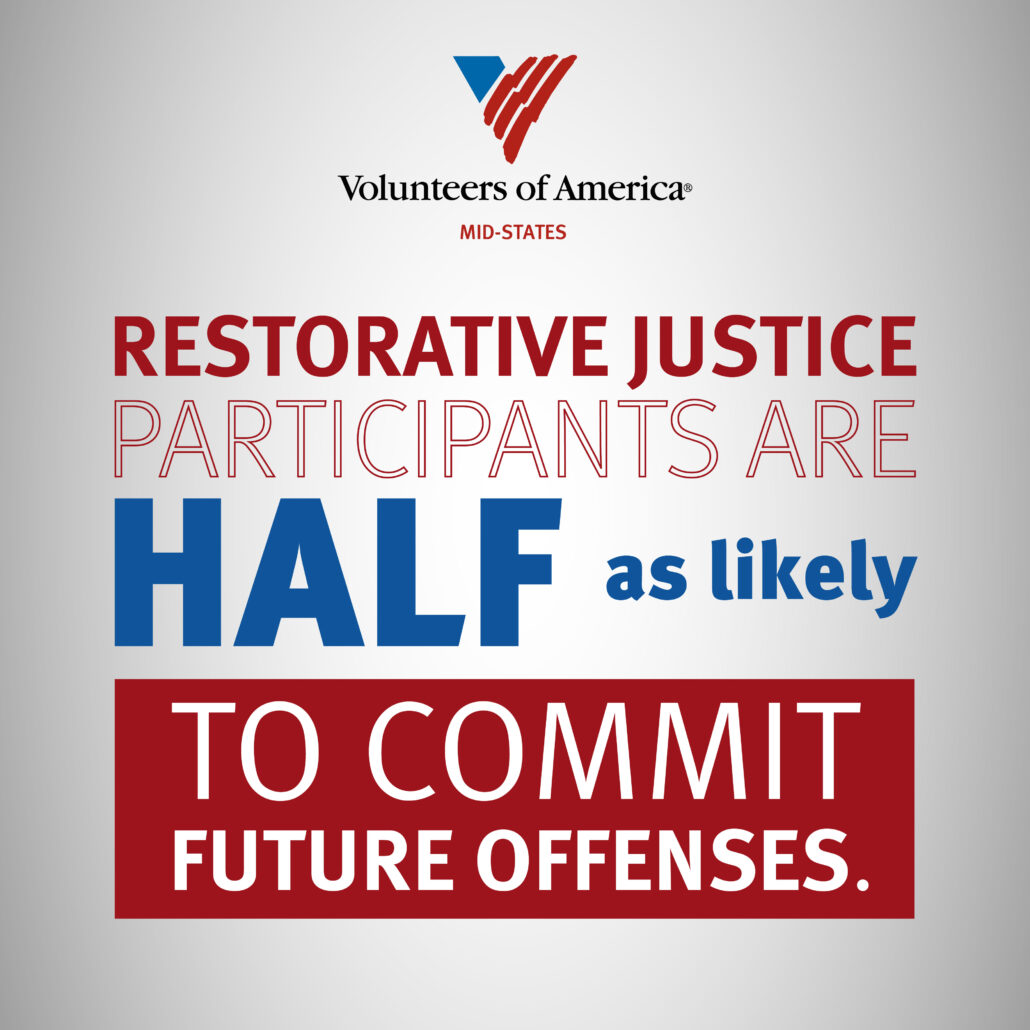By Dominic Manecke, Building Kentucky

Interacting with any government official — from a local council member to your U.S. Senator — can be extremely intimidating to some.
How do I approach them? What do we talk about it? Or, even worse, what if you don’t see eye-to-eye on a particular issue, much less anything? Gasp.
First and foremost, take a deep breath because they’re human too. They’ve also certainly dealt with a lot worse. Trust me.
Tips to get in the door to government
So, how do you effectively connect and communicate with your elected representatives?
Have an ask
This may seem straightforward, but after more than a decade of working side-by-side with the politically powerful, I’ve seen countless people hit this pitfall. Without a topic or area of concern, you’ll never make it past the front door or people like me — figuratively and literally.
Plan ahead
We’re all busy people getting pulled in different directions. However, it’s that more complicated for government leaders and staff. Understand that if you’re traveling to Frankfort, Indianapolis, or Washington, D.C. for an advocacy event, you need to reach out ideally weeks or months in advance, not days.
Do your homework
It’s difficult to have a productive meeting when you’re not prepared. That means before the BIG conversation, do some research. What motivates them? What committees, working groups or boards do they serve on? Who are their staff? What is their position on a particular issue? Do they even have an opinion? Think ahead and prepare talking points to reinforce your stance.
Be yourself
Authenticity is critical. No one likes interacting with a robot. Speak with conviction. Show emotion. You can disagree, but don’t be disagreeable. You are your greatest champion.
Be persistent
Simply sending an email or making a call is not going to cut it. You need to do both, and you need to do it over and over again.
Cover all your bases and still no response? Ask for the scheduler or executive assistant. If they’re unavailable, get their name and email address. If that doesn’t work, find out if there is a staff member you can speak with about your concern—and be sure to get their contact information. Again, government officials get countless requests, meaning a one-off call or email will very likely get lost in the shuffle. Don’t stop until you get an acknowledgment.
Key takeaway
Remember: government is here to serve, but it’s up to you to make sure you are seen and heard. Where there’s a will, there’s a way!
About the author

Dominic Manecke is an award-winning public relations professional who has worked closely with business leaders, government officials at every level, and a wide array of other stakeholders to get results. He recently joined C2 Strategic Communications as a senior strategist based in Louisville.
A native Kentuckian, Dominic spent more than a decade in Washington, D.C. advising some of our nation’s top lawmakers and crafting comprehensive communications plans to embolden workers, entrepreneurs, families and communities.
Before joining C2 Strategic, Dominic was the communications director and senior advisor for U.S. Congresswoman Joyce Beatty (Ohio), chair of the powerful Congressional Black Caucus. His career on Capitol Hill began with U.S. Congressman John Yarmuth (Kentucky).










